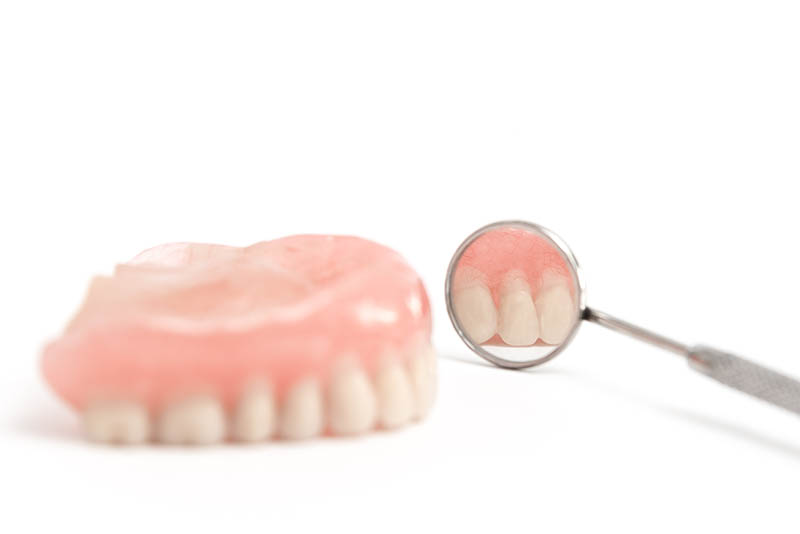 As dental professionals, our ultimate goal is for every one of our patients to live their whole lives without losing their teeth. However, in the unfortunate situation that a patient is missing their teeth, dentures are a great solution to return a smile to beauty and function. Dentures have a long and legendary history, and modern technology has made today’s dentures even more natural-looking and customized than ever before.
As dental professionals, our ultimate goal is for every one of our patients to live their whole lives without losing their teeth. However, in the unfortunate situation that a patient is missing their teeth, dentures are a great solution to return a smile to beauty and function. Dentures have a long and legendary history, and modern technology has made today’s dentures even more natural-looking and customized than ever before.
The earliest examples of dentures appeared in the 7th Century B.C. The ancient Etruscans used a combination of gold wire and human and animal teeth to create these early dentures. By the 5th Century B.C., ancient Romans were creating similar dentures. Wooden dentures appeared in Japan in the early 1500s. These dentures were similar to modern dentures in that they were carefully carved to match the shape of a person’s mouth. The Japanese later made dentures from stone, ivory and animal horn in addition to wood.
The number of people who need dentures has grown pretty quickly over the last few hundred years. As access to sugar and tobacco increased, mostly because of large sugar cane and tobacco plantations in the Americas, tooth decay became more common and widespread. The more people ate sugar and smoked, the more their teeth fell out. It makes sense that modern dentistry started to be developed around the same time.
Affordable dentures are a recent thing. For most of the history of dentures, they were an item reserved for the upper classes. The materials and expertise required to make them made dentures very expensive.
Contrary to popular belief, the first U.S. President, George Washington, did not have dentures made of wood. His dentures were made from carved hippopotamus ivory, gold wire, and human teeth. In fact, most dentures in the 1700s and 1800s were made with other people’s teeth, which had either been collected from bodies on battlefields or even stolen from graves! Thankfully, early dentists started developing porcelain dentures, which eventually eliminated the need to take teeth from the dead or those down on their luck.
Today, dentures are made from a specialized form of acrylic (a kind of durable, hard plastic) that can be made to look just like natural teeth and gums. While most dentures are held in place by friction/suction or adhesives, there are now dentures that can be held in place by mini dental implants. These implant-supported dentures are more secure and can even help prevent tooth-loss-related bone loss. The invention of dental implants in the last century also means that many people who might have gotten dentures in the past are replacing their teeth entirely with permanent prosthetic teeth, complete with a titanium tooth root.
We hope this history of dentures has made you grateful for the advances in modern dentistry. We certainly are!
The post A Small Bite of History About Dentures appeared first on chrisad blog content manager.

 Despite what some people seem to think, a hygienist’s greatest desire is not to scold patients. A dental hygienist’s greatest desire is to see healthy mouths free of tooth decay and dental disease. As the professional at our practice that you see the most often, your dental hygienist is on the front lines of keeping your smile healthy, so you better make sure to stay on his or her good side!
Despite what some people seem to think, a hygienist’s greatest desire is not to scold patients. A dental hygienist’s greatest desire is to see healthy mouths free of tooth decay and dental disease. As the professional at our practice that you see the most often, your dental hygienist is on the front lines of keeping your smile healthy, so you better make sure to stay on his or her good side!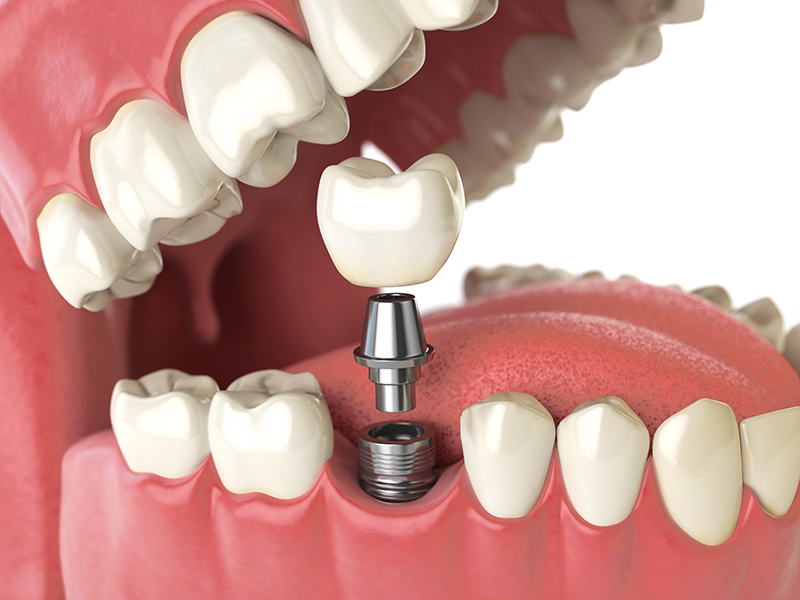 Perhaps the earliest example of dental implants were seashells found in the jaw of an ancient Mayan skeleton from 1,300 years ago. While the Mayans were known for their surprisingly advanced dental knowledge, their seashell solution is a long way from today’s modern dental implants. And like many amazing, world-changing inventions, dental implants discovered practically by mistake.
Perhaps the earliest example of dental implants were seashells found in the jaw of an ancient Mayan skeleton from 1,300 years ago. While the Mayans were known for their surprisingly advanced dental knowledge, their seashell solution is a long way from today’s modern dental implants. And like many amazing, world-changing inventions, dental implants discovered practically by mistake. The answer: Bone loss.
The answer: Bone loss. While we all experienced losing teeth as a right of passage through childhood, losing a tooth as an adult is no fun at all, especially when it’s the result of an accident. If you should ever be unfortunate enough to have a tooth knocked out, a little knowledge about what to do can go a long way in preventing longterm damage to your smile.
While we all experienced losing teeth as a right of passage through childhood, losing a tooth as an adult is no fun at all, especially when it’s the result of an accident. If you should ever be unfortunate enough to have a tooth knocked out, a little knowledge about what to do can go a long way in preventing longterm damage to your smile.

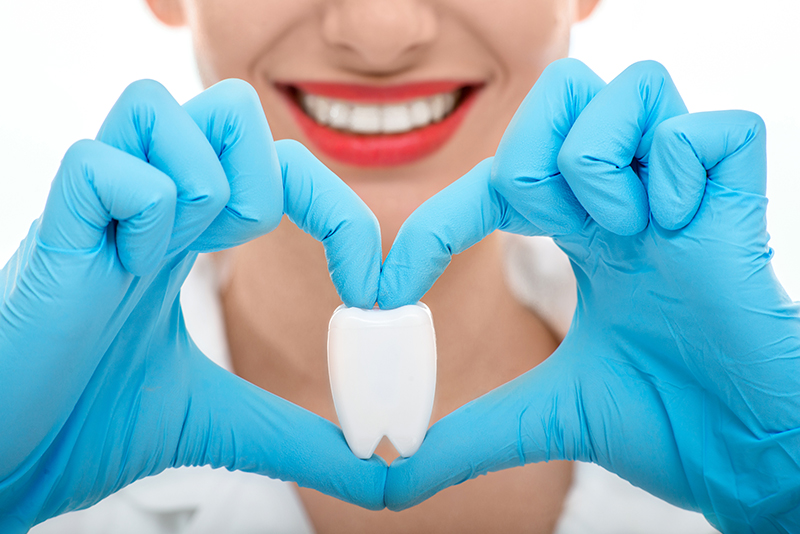 Recent studies have revealed that there is a strong correlation between gum disease and cardiovascular disease. Gum disease, which is referred to by dentists as periodontitis, is when the space between your teeth and gums becomes infected, creating pockets of bacterial infection that leads to swollen, bloody gums, bone loss, and eventual tooth loss. Cardiovascular disease affects your heart and blood vessels and can lead to heart attacks and strokes.
Recent studies have revealed that there is a strong correlation between gum disease and cardiovascular disease. Gum disease, which is referred to by dentists as periodontitis, is when the space between your teeth and gums becomes infected, creating pockets of bacterial infection that leads to swollen, bloody gums, bone loss, and eventual tooth loss. Cardiovascular disease affects your heart and blood vessels and can lead to heart attacks and strokes.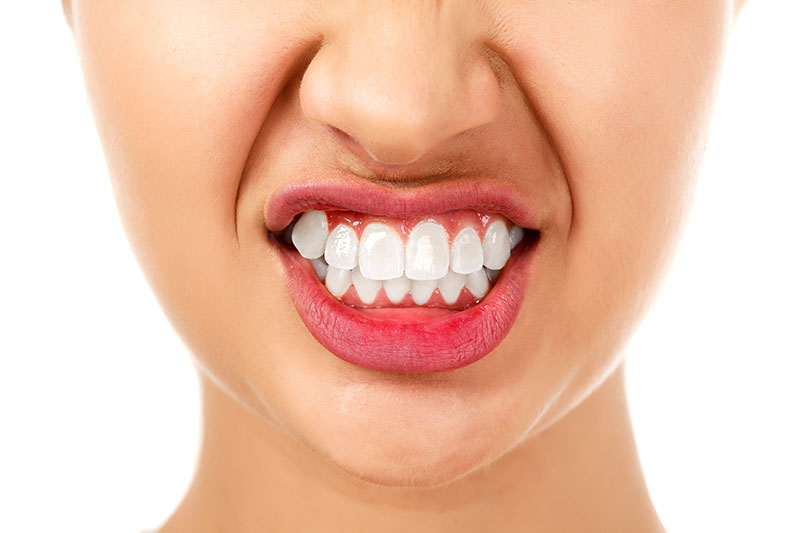 Bruxism is what dentists call teeth clenching and teeth grinding. The symptoms of
Bruxism is what dentists call teeth clenching and teeth grinding. The symptoms of 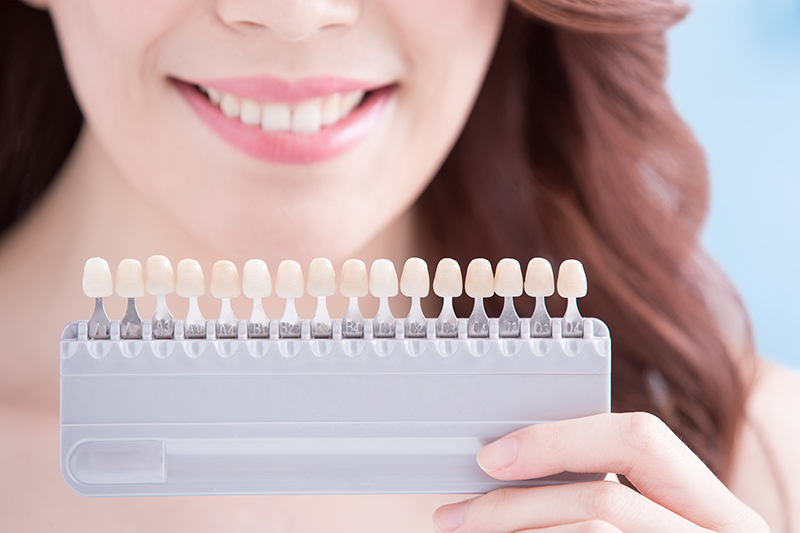 In a world filled with whitening toothpastes and drugstore whitening kits, it’s important to know that the most effective teeth whitening treatment still comes from your dentist. Not only do dentists have more powerful tools at our disposal, we are also experts on your smile, and can tell you whether
In a world filled with whitening toothpastes and drugstore whitening kits, it’s important to know that the most effective teeth whitening treatment still comes from your dentist. Not only do dentists have more powerful tools at our disposal, we are also experts on your smile, and can tell you whether  In a world filled with whitening toothpastes and drugstore whitening kits, it’s important to know that the most effective teeth whitening treatment still comes from your dentist. Not only do dentists have more powerful tools at our disposal, we are also experts on your smile, and can tell you whether
In a world filled with whitening toothpastes and drugstore whitening kits, it’s important to know that the most effective teeth whitening treatment still comes from your dentist. Not only do dentists have more powerful tools at our disposal, we are also experts on your smile, and can tell you whether